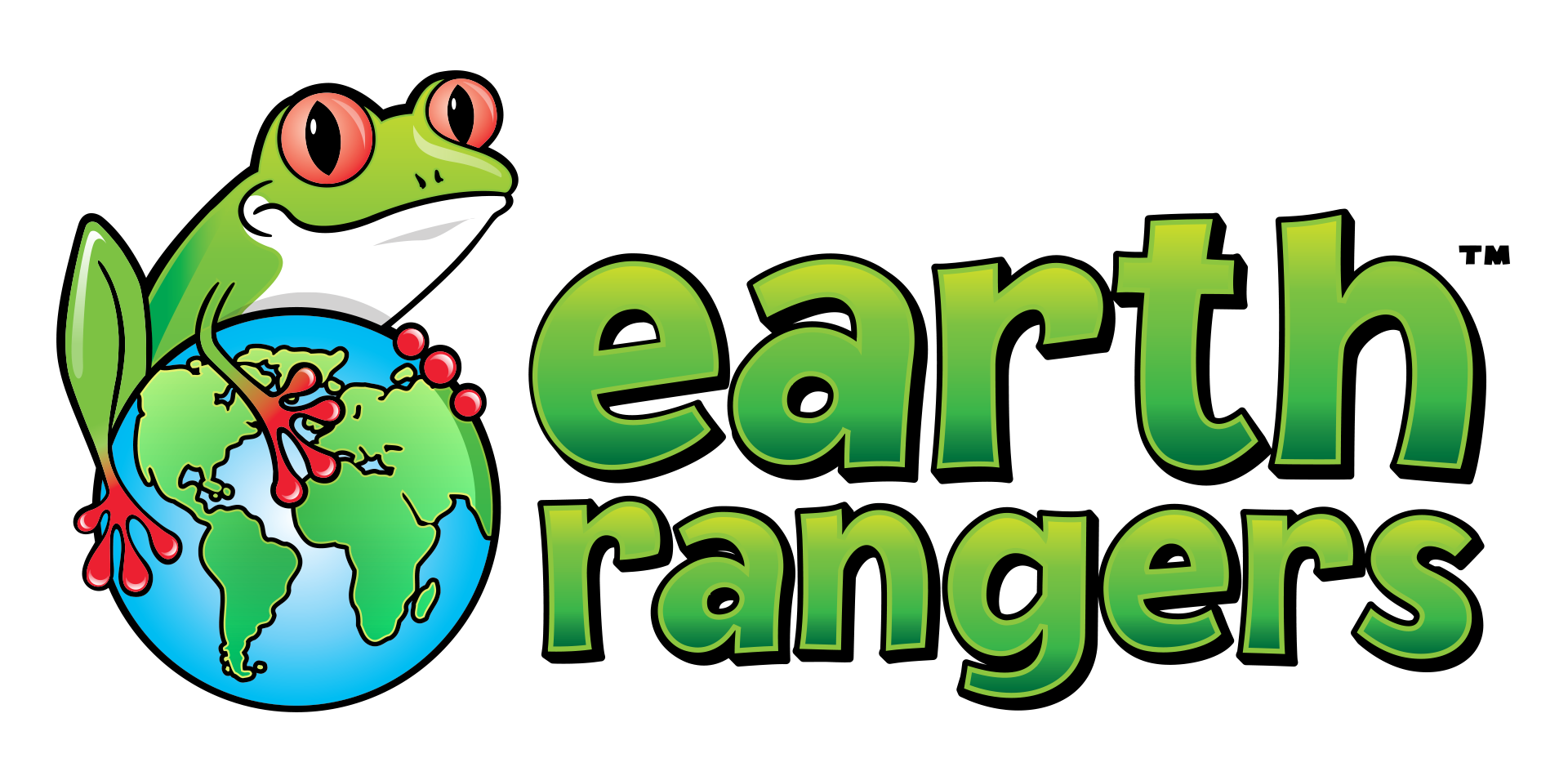If you are taking a swim off of the Eastern coast of Australia you’re likely to find the Great Barrier Reef. This 344,400km2 aquatic habitat is the world’s largest coral reef ecosystem, it is so big that astronauts can see it from space! The Great Barrier Reef is made up of nearly 3,000 individual coral reefs that, together, form a beautiful underwater ecosystem where a diverse suite of over 9,000 species of fish and other aquatic animals, corals, and sponges live. It is one of the planet’s most biologically rich aquatic habitats that not only provides homes for tons of animals but also protects shorelines.

Scientists at the Australian Institute of Marine Science recently looked at 2,258 surveys of the Great Barrier Reef over the past 27 years to see how this amazing ecosystem is doing and the news isn’t good. Between 1985-2012 coral cover has dropped by more than half, and two-thirds of that decline has happened since 1998 – that’s a loss of 30% of Great Barrier Reef coral habitat in just 12 years. What’s causing us to lose the Great Barrier Reef so quickly? The researchers that conducted this study found three major causes:

Tropical Cyclones
These storms form over bodies of water, creating really powerful winds, torrential rain, and high waves, which damage the reefs. When the winds reach speeds of over 120km/h (74mph), these storms are known as hurricanes or typhoons. Although tropical cyclones are normal, over the past few years there has been an increase in both the number of storms and the damage that they cause to the reefs. Some scientists have found that the rise in tropical cyclones is due to climate change. As human actions cause the planet and our oceans to become warmer we are creating ideal conditions for tropical cyclones to form.
Coral Bleaching
Climate change also affects weather patterns by making it more common for there to be extended periods of drought followed by heavy rains. During periods of drought the land tends to become hard with less porous soil, when this is followed by heavy rain more water runs off instead of soaking into the ground. These changes in rainfall patterns cause more pollutants, such as agricultural fertilizers, to runoff the land into the water. Nitrates from the fertilizers get into the water and create an ocean that is more acidic and warmer than usual, which damages the reefs through a process called coral bleaching.

So what is coral bleaching? Coral bleaching involves coral losing its colour. Corals are a special group of gorgeous, simple, marine animals (individually called coral “polyps”) that live in colonies on reefs in different parts of the world, including the Great Barrier Reef. These animals feed by filtering tiny particles out of the water. Healthy corals have a wide array of colour patterns such as blues, oranges, and reds. Some are soft-bodied while others have hard outer surfaces (“exoskeletons”) due to the accumulation of calcium carbonate. Coral is sensitive to changes in water temperature and acidity. In a warmer and more acidic ocean, coral spits out plant-like cells (algae called ZOO-XAN-THAL-LEA) that usually live in the coral polyps. These algae are essential for the coral to survive; without them, the coral turns white and starves to death.
Crown-of-thorns Starfish
 As our oceans change due to climate change and pollution we are creating the perfect environment for big populations of Crown-of-thorns starfish. Crown-of-thorns are one of the world’s biggest starfish species, they can have up to 21 arms and are covered in long venomous spines. This starfish feeds on coral starting at about six months of age, and will spend about half their time feeding. Usually the Crown-of-thorns starfish will only eat portions of a coral reef, which allows the reef to quickly recover. But in a warming ocean with huge populations of Crown-of-thorns starfish, they are eating way too much coral, which doesn’t give the reefs a chance to recover.
As our oceans change due to climate change and pollution we are creating the perfect environment for big populations of Crown-of-thorns starfish. Crown-of-thorns are one of the world’s biggest starfish species, they can have up to 21 arms and are covered in long venomous spines. This starfish feeds on coral starting at about six months of age, and will spend about half their time feeding. Usually the Crown-of-thorns starfish will only eat portions of a coral reef, which allows the reef to quickly recover. But in a warming ocean with huge populations of Crown-of-thorns starfish, they are eating way too much coral, which doesn’t give the reefs a chance to recover.
 Save the Reefs!
Save the Reefs!
Researchers at the Australian Institute of Marine Science found that if the Great Barrier Reef continues to decline at this rate, there will only be 10% coral cover left by 2022. But there is hope! Their analysis also showed that without the impact of cyclones, Crown-of-thorns starfish, and coral bleaching, the coral reef can recover! It’s time for us to take action:
- Learn about climate change and take steps in your life to reduce the amount of greenhouse gases you create by doing things like conserving energy and choosing to walk, carpool or take public transit instead of using the car.
- Help keep our oceans clean by keeping trash and other pollutants out of our waterways
- Raise awareness about the loss of coral with friends and family to build support for the protection and conservation of our precious reefs.

sad to read that